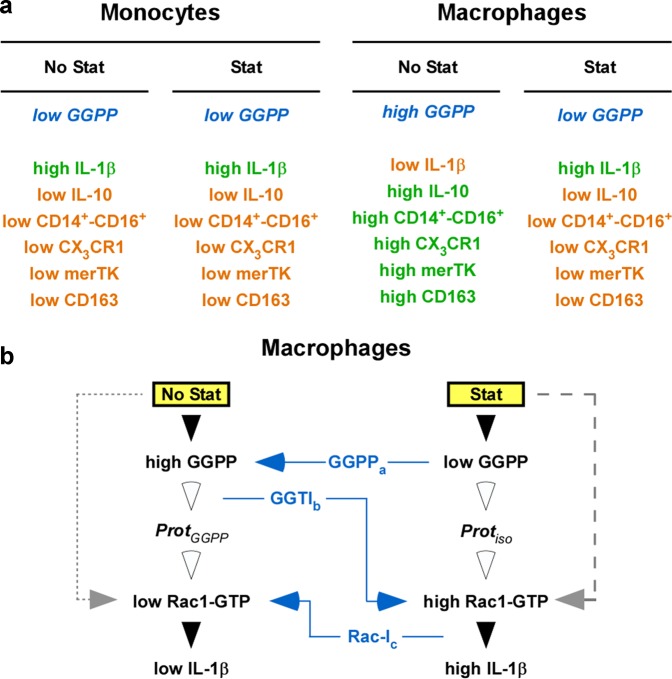Fig. 7. Hypothesis, summary, conclusion, and outlook.
a Hypothesis and Summary—Monocytes and macrophages respond differentially to statin. Hypothesis: From our and other authors previous data we hypothesized that in Mo and Mac GGPP (blue/italic letters) might be present at different levels. Summary: This hypothesis appears to be correct, since in the present manuscript we show that statin does not significantly change the level of inflammatory cytokines in the monocytes. This was paralleled by a lack of changes in surface marker expression in the monocytes. However, we observed profound statin effects in overnight-differentiated macrophages. Green letters, high levels; orange letters, low levels. b Conclusion and Outlook—The statin effects on macrophages are geranylgeranylation-dependent. Conclusion: In the absence of statin (No Stat), high GGPP is present in the overnight-differentiated macrophages, which results in low Rac1-activation and low IL-1-levels. On the other hand, in the presence of statin (Stat) during the overnight differentiation, low GGPP is present, which results in enhanced Rac1- and subsequent high IL-1-levels41. This was proven by external GGPP and GGTI: a) addition of GGPP (GGPPa; blue letters; blue arrow) to the Mac treated with statin reversed statin’s effect. b) On the other hand, addition of GGTI (GGTIb; blue letters; blue arrow) to Mac prepared without statin blocked the geranylgeranylation, resulting in high Rac1 and subsequent high IL-1. c) Addition of a Rac1-inhibitor (Rac-Ic; blue letters; blue arrow) to Mac prepared in the presence of statin may result in low Rac1-activity and, subsequently, in low IL-1-production. The open arrowheads indicate that the regulation pathway resulting in Rac1-activation is not yet defined. However, Rac1 may be regulated by some GEF, such as TIAM1, which may be determined in the future. Outlook: The retainment of function(s) in statin-treated Mac may be of importance in various diseases related to inflammatory processes, such as auto-inflammatory diseases, sepsis, cancer or atherosclerosis.

